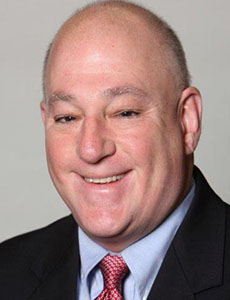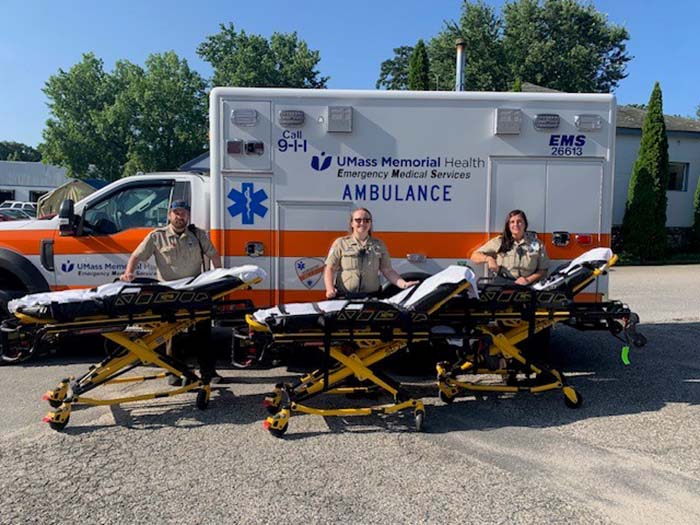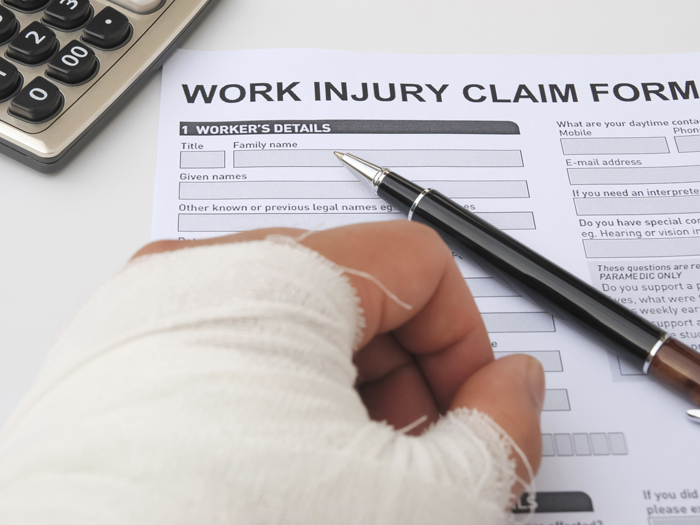Sponsored Content by The Hartford
3 Ways Life Sciences Companies Can Reduce the Non-Insurance Costs of Product Liability Claims

Product liability claims in the life sciences industry are unique. In many cases, the products in question make a direct impact on consumers’ health. When they don’t perform as intended or cause an injury, the consequences can be severe. Especially in the context of social inflation, product liability claims can potentially cost life sciences companies millions.
What many in the industry don’t realize is that a portion of these costs can’t be recouped from a product liability policy.
“These unexpected costs can be categorized as immediate or deferred costs. Immediate costs would include additional legal costs to respond to heightened regulatory scrutiny incurred after a claim. It also includes losses absorbed in attempts to restore reputation. Companies may need to offer discounts or refunds, for example, to retain existing business, which may not be reimbursable damages under a customary insurance policy,” said Tom Morelli, Claims Representative in The Hartford’s Major Case Unit.
“Deferred costs could include loss of market share and increased insurance premiums that result from a more significant loss history and deteriorated risk profile. Training costs may also increase as companies try to prevent similar claims from happening in the future.”
Fortunately, life sciences companies can reduce or avoid these costs by implementing a few proactive risk mitigation strategies.
1) Surveillance and Sentiment Analysis

Brad John, Head of Life Sciences, The Hartford
Companies can get ahead of potential product liability claims by keeping a pulse on consumer feedback and monitoring different forums for mentions of the company and specific products.
“If you don’t know what kind of feedback is out there, you don’t know how to improve or proactively address concerns,” said Brad John, Head of Life Sciences for The Hartford.
Manufacturers of single-use products, for example, can run into liability issues if another party starts reselling their devices online, presenting compliance and potential safety risks. Algorithms that analyze customer reviews or social media comments can alert that manufacturer to liability risks resulting from inappropriate use. Importantly, companies also need to establish a clear process for cataloguing this information, as well as escalation and intervention.
“The job may fall to risk management, marketing and communications, or a safety monitoring team, but ownership must be clearly established,” John said. “If they find something that is indicative of a much larger problem, then there needs to be a process for how are they going to drill down to determine whether it needs to be elevated to senior management within the company or something that they handle within their particular business unit. Defined action steps ensure surveillance efforts don’t go to waste.”
In the case of the reseller, a simple cease and desist letter can put an end to the activity. Should a claim arise anyway, the manufacturer can at least show that they took steps to ensure their product was used as intended.
2) Data and Document Management

Doug Shapiro, Assistant Vice President in Liability Claims in the Major Case Unit, The Hartford
Thorough and organized documentation goes a long way in building a strong defense should a claim arise. A strong defense means shorter litigation duration, fewer associated costs, and a better overall claim outcome.
“If you don’t maintain evidence or document every action or can’t find information, you can actually get an adverse inference instruction from a judge, which will tell the jury that you did not maintain this information. The jury can make an adverse inference against your product as a result,” said Doug Shapiro, Assistant Vice President in Liability Claims in the Major Case Unit at The Hartford.
To keep important information from slipping through the cracks, every company should have a written records management and retention policy — which all employees are trained on — as well as data mapping capability to all electronically stored information.
“Life sciences companies are producing and gathering tons of data. Proper categorization and tagging of information is vital so that it’s easily retrievable,” John said. “Tools utilizing optical character recognition and natural language processing can help to process data, but it’s meaningless without an effective cataloguing method that lets you locate documents quickly.”
3) Training for Claim Prevention
Neither of the above two strategies will work, of course, without investment in training. Companies can build a culture of prevention by continually reinforcing the importance of documentation, and by ensuring everyone knows their role when it comes to escalation of negative feedback.
“Training specificity matters. Sales or customer service reps should know how to respond to a complaint depending on where it came from. For example, sentiment analysis may identify a complaint made by a consumer on social media regarding the ineffectiveness of an over-the-counter drug. Another complaint about the same product may come from a medical professional questioning the drug’s indications in a trade publication,” John said.
“The content, tone and method of response will be different, and company representatives need the right training to meet those expectations.”
For companies that outsource sales or communications, documentation of this training is even more pertinent.
“In the event of a claim, you want to show that you gave your external partners the tools and knowledge they need to address problems appropriately,” Shapiro said.
How Insurers Help with Risk Mitigation
Life sciences risk managers don’t have to tackle these strategies on their own. They should work with their agents/brokers and carriers. Many carriers, like The Hartford take a consultative approach to helping insureds reduce risk proactively.
“Insurance carriers may offer complementary initial consultations with an experienced attorney to discuss topics of interest in the life sciences segments,” Morelli said.
“Some policies also have a mitigation expense supplementary benefit which is available to insureds to mitigate expenses pre-claim,” Shapiro added.
“At The Hartford, we have a very active risk engineering department that works with insureds to develop proactive risk management strategies to help prevent losses and claims.”
Of course, when claims do happen, The Hartford also has specialized panel counsel with expertise in defending life sciences claims.
“We like to drive home that insurance is just one piece of risk management. There are lots of costs that arise with claims that policies are not designed to cover. By being proactive and working closely with their carrier, companies gain this double benefit of not only improving the likely outcome of an actual claim, but also minimizing the expense, time and energy for which no policy will you make you whole,” John said.
To learn more, visit https://www.thehartford.com/large-business-insurance/.
The information provided in these materials is intended to be general and advisory in nature. It shall not be considered legal advice. The Hartford does not warrant that the implementation of any view or recommendation contained herein will: (i) result in the elimination of any unsafe conditions at your business locations or with respect to your business operations; or (ii) be an appropriate legal or business practice. The Hartford assumes no responsibility for the control or correction of hazards or legal compliance with respect to your business practices, and the views and recommendations contained herein shall not constitute our undertaking, on your behalf or for the benefit of others, to determine or warrant that your business premises, locations or operations are safe or healthful, or are in compliance with any law, rule or regulation. Readers seeking to resolve specific safety, legal or business issues or concerns related to the information provided in these materials should consult their safety consultant, attorney or business advisors. All information and representations contained herein are as of [March, 2021].
![]()
This article was produced by the R&I Brand Studio, a unit of the advertising department of Risk & Insurance, in collaboration with The Hartford. The editorial staff of Risk & Insurance had no role in its preparation.










